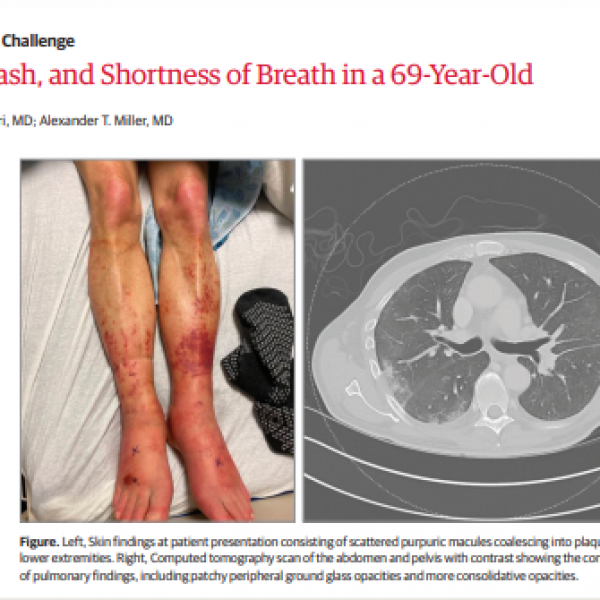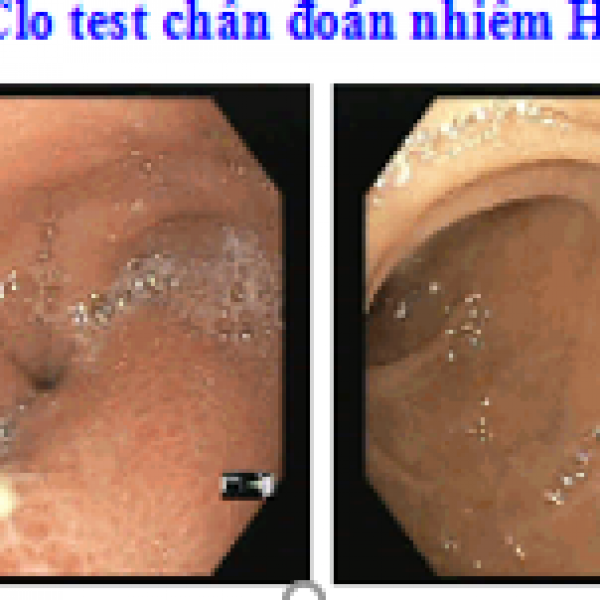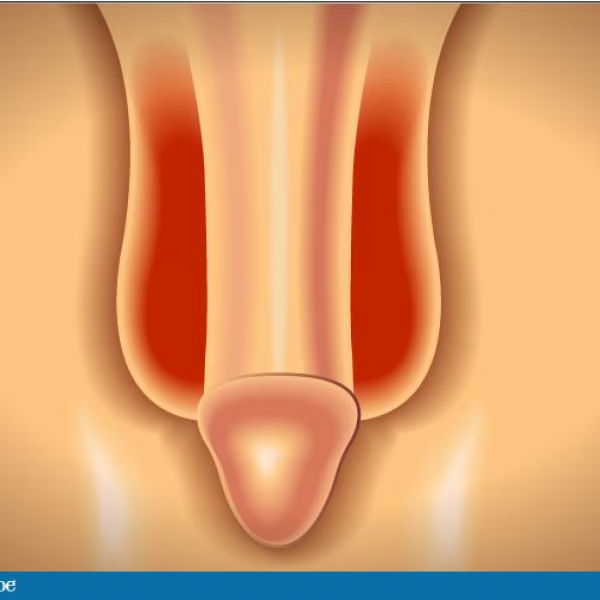Contact Admission
International Collaboration
Mitrofanoff procedure: more 40 years later.
Nguyễn Hữu Phùng1, Nguyễn Tăng Miên2, Nguyễn Quang Tập 2, Bùi Chín2
Phan Chau Trinh university
1: Phan Châu Trinh University
2: DaNang General Hospital
Summary
Aim: We review 4 cases of continent urinary diversion performed based on Mitrofanoff principle at Da Nang General Hospital to asses surgical complications and the social adaptation of patients after surgery with an average follow-up of 32 years.
Materials and methods: From 1982 to 2001, at Da Nang General Hospital, 4 cases of continent urinary diversion were performed based on Mitrofanoff principle using appendix, on three boys and one girl, aged 4to 12.
Indications included: loss of in-war posterior urethral damage of 10 years , bladder and cloacal extrophy. The Urinary diversion was created using an isolated ileal loop in the patient of urethral loss.
The extrophied bladder in the girl was anastomosed with an isolated ileal loop. The urine reservoirs of the two patients were drained continently to the skin by mucosa- lined extramural tunnels
In the remaining two cases bladders were enlarged with gastroseromuscular flaps. Appendix as Mitrofanoff conduit in each case was placed under bladder mucosa .
Results:
There were no deaths during the postoperative period. But the complications rate were frequent. Three patients developed stones ,with two requiring surgical removal including one patient who had three recurrences while in another patient with ileal reservoir small stones were continuously pushed out through Mitrofanoff conduit without requiring any surgery. The two patients with enlarged bladder with gastroseromuscular flaps developed bladder fistulas necessitating reoperations to remove the flaps and replace them with ileal ones after2 and 4 years .
The patient of urethral loss experienced urine reflux for his high pressure ileal pouch of 60 cm of water The Mitrofanoff conduits became incontinent in 2 cases, one of which was associated with stricture and shortened, requiring removal and replaced with Monti conduits after 4 years and 18 years. All patients now have functional continent conduits.
Conclusion:
The Mitrofanoff procedure has high complication rate . with each patient experiencing an average of two complications and requiring at least two reoperations during 32 year follow-up
High pressure reservoir associated with the urine reflux and bladder enlargement with gastroseromuscular flaps increased the incidence of complications.. However, all complications were eventually resolved and the patients achieved stable urinary continence and succesfully social reintergration.
Key words: Appendix, Mitrofanoff, Bladder augmentation
Other Case Report
- Challenges in Clinical Electrocardiography – A Mysterious Case of ST Elevation ( 10:29 - 15/09/2025 )
- New Secrets About Psoriatic Arthritis: Is Combination Therapy as Safe as You Think? ( 14:33 - 06/09/2025 )
- Telehealth vs In-Person Early Palliative Care for Patients With Advanced Lung Cancer ( 09:26 - 12/10/2024 )
- ST-Segment Elevation in a Woman With Out-of-Hospital Cardiac Arrest ( 08:35 - 24/09/2024 )
- Scrotal Rash for Months ( 11:07 - 31/05/2024 )
- Lower Gastrointestinal Hemorrhage ( 16:15 - 16/05/2024 )
- Can Cardiovascular Risk Assessment Be Improved in the 21st Century? ( 15:57 - 16/05/2024 )
- Approach to Obesity Treatment in Primary Care ( 14:04 - 20/03/2024 )
- Fever, Rash, and Shortness of Breath in a 69-Year-Old ( 09:20 - 04/03/2024 )


















